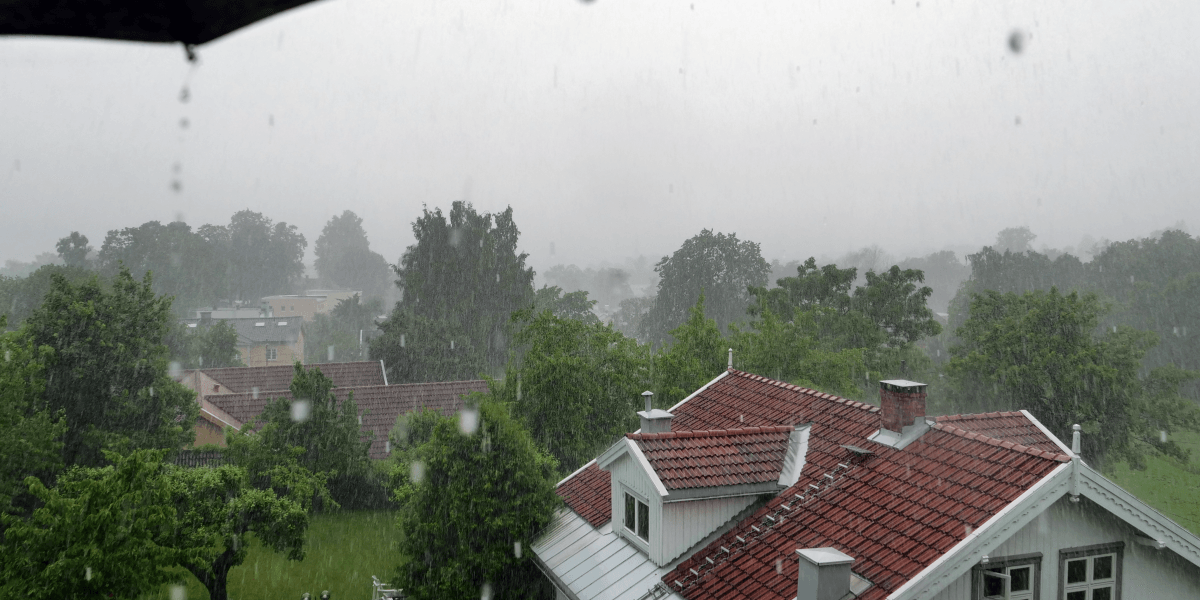EPIC - Extreme Precipitation In Cleaner air
In EPIC we are investigating a possible link between changes in air pollution and a trend towards more hazardous extreme precipitation. Our overall goal is to increase our understanding of what controls extreme precipitation and reduce the uncertainty in estimates of future extremes. At this stage of our project, we are analyzing observational data and running cloud models to investigate how heavy precipitation reacts to our particle emissions.
Does cleaner air imply lead to more extreme weather? Photo: Amund Aasbrenn
Project details
Heavy precipitation events are getting more intense and more common. Extreme precipitation can cause serious damage from access surface water, floods and mudslides and pose a considerable risk to human health and safety. We know that global warming increases the amount of water that is available in the air for each extreme precipitation event, but we do not have a full understanding of what controls the intensity nor the frequency of extreme precipitation. Outcomes from our project are therefore important to give policy makers more knowledge when implementing climate change mitigation measures. Increased knowledge will also leave city planners and engineers better equipped to prepare our infrastructure for coming extreme precipitation events.
We know that particles in air pollution change cloud properties such as the size of cloud droplets and the amount of water present in the clouds. These properties help determine whether a cloud starts to precipitate. In recent decades, particle emissions in Europe have decreased due to cleaner production and emission restrictions. In other regions, economic growth has led to increased emissions. Since the particles affect both cloud microphysics and the environment clouds form in, we study whether large changes in particle concentrations have influenced the trends in heavy precipitation observed over the last decades. We do this by analyzing observations taken at the surface, in the air and from satellites, and by using global climate models and cloud models. By comparing regions of increased particle numbers to regions with reduced air pollution, we will know more about how particles affect extreme precipitation.
Involved CICERO staff
From other institutions
Trude Storelvmo, Erich Fischer
